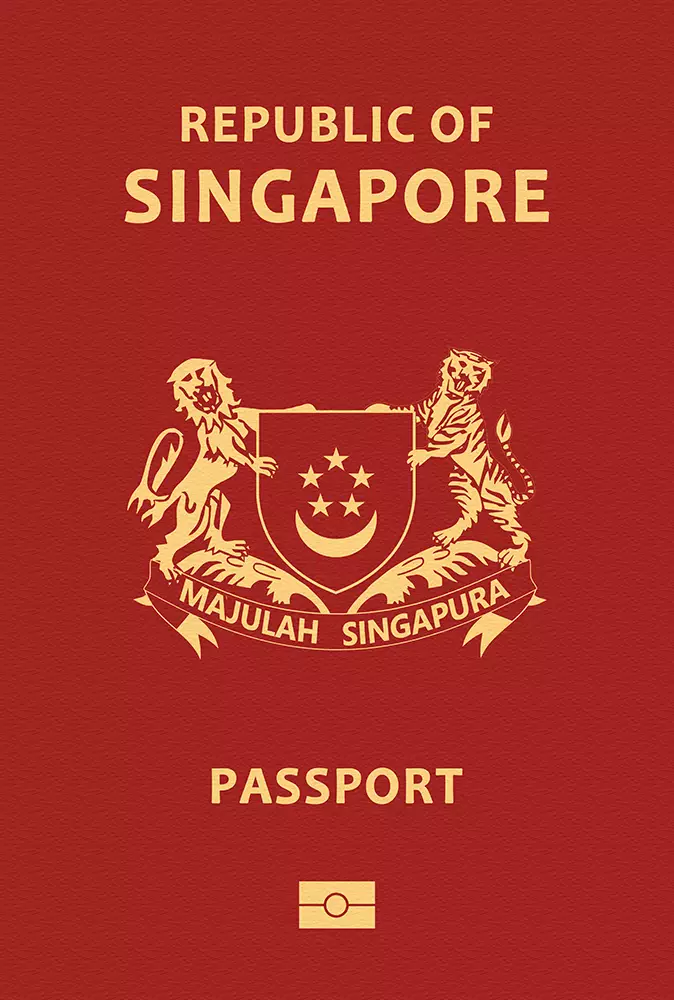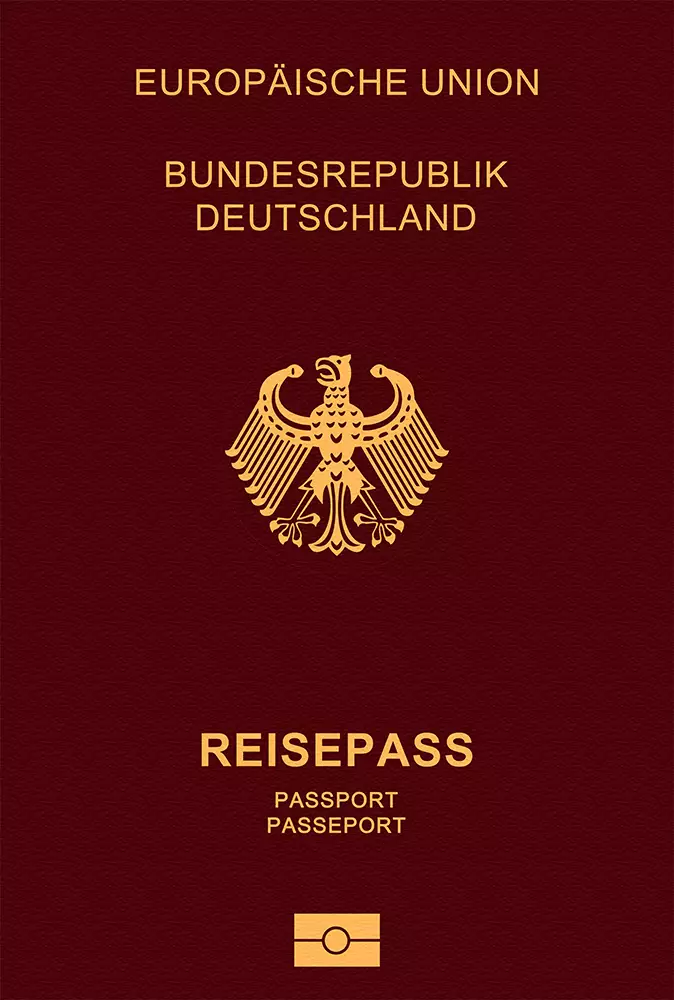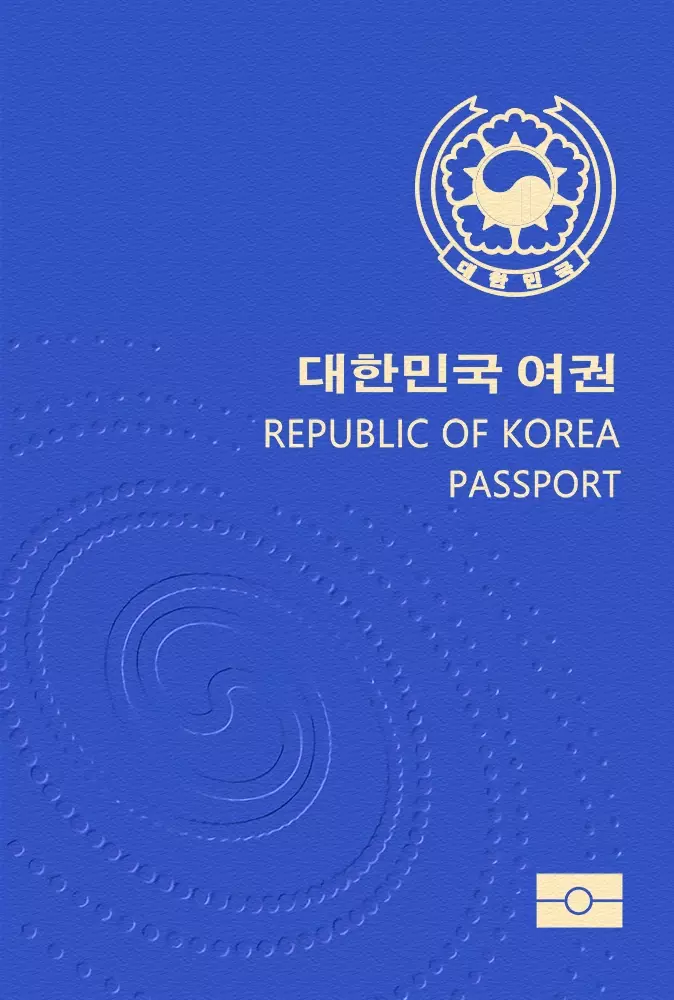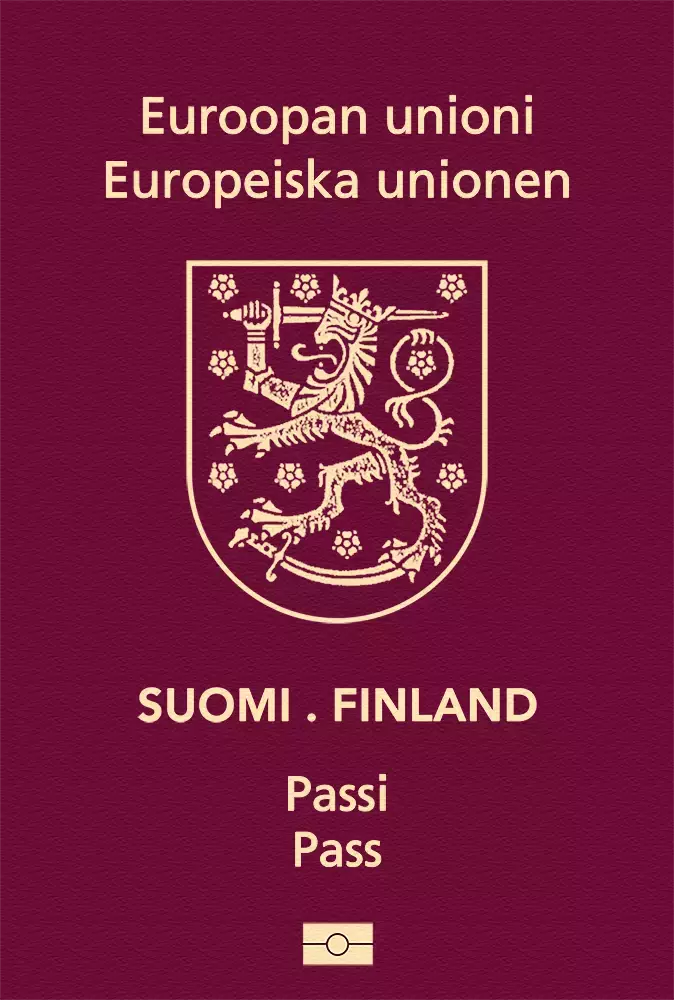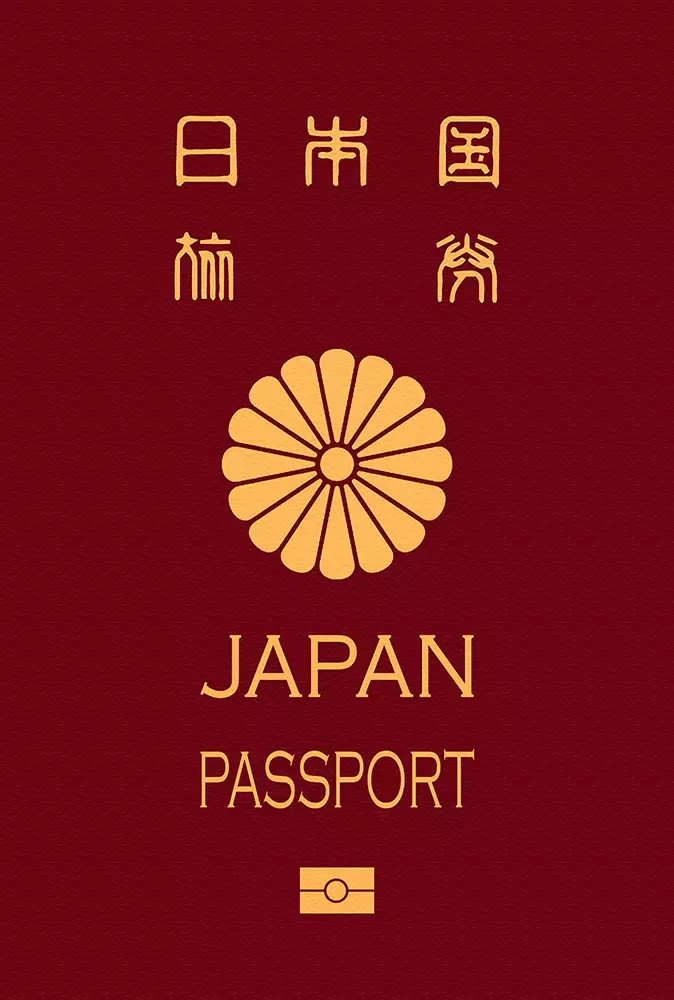There are eighteen departments in the Republic of Honduras. The Cortés, Francisco Morazán, and Yoro departments are the most significant ones. Situated in Central America, the nation shares borders with Guatemala, El Salvador, and Nicaragua. It is 112,492 square kilometers in total surface area. The heart of the nation is primarily mountainous, while the coastal plains are its defining features. In the lowlands, the climate is subtropical, but in the mountains, it is moderate. There are more than 9 million people living there. With 1.2 million residents, Tegucigalpa is the most populous city in the nation and serves as its capital. San Pedro Sula and La Ceiba are two more significant cities.The Ramón Villeda Morales International Airport (SAP) is the biggest airport in the nation. It is now Central America's eighth busiest airport as a result. Access to both regional and North American locations is offered by the airport. African, Caucasian, Amerindian, and Mestizo ancestry are all mixed together to form Honduran culture. Christians make up the bulk of the population. Spanish is the official language. The civil law is the legal system in Honduras. The system of government is a republic with a president. President Xiomara Castro holds the roles of head of state and head of government. Every four years, elections are held.The Honduran Lempira (NHL), which is the official currency, is currently worth NHL 24.5 to the US dollar. With an open economy and a GDP of about $49 billion, the nation ranks 17th among the nations of the Caribbean and Latin America. The per capita income of its people is $5,817. The industrial, agricultural, and service sectors account for the majority of the GDP. These sectors continue to be major drivers of the economy, exporting goods like garments, coffee, sugar, bananas, automobile wire, textiles, and apparel. Additionally, the GDP is boosted by remittances sent home by Hondurans living abroad. Honduras is a well-liked travel destination because of its breathtaking beaches and natural surroundings.The three main tourist activities are diving, hiking, and wildlife observation. Two UNESCO World Heritage Sites are present. Roatán, the Copán Ruins, the Museum of Mayan Sculpture, la Tigra National Park, and the Río Plátano Biosphere Reserve are a few of the must-see locations. Approximately 2.5 million tourists travel to Honduras each year. The Americas are home to the majority of the tourists. In order to facilitate the scheduling of stopovers by major cruise firms and attract additional day guests, the nation significantly expanded its cruise ship ports.







































































































































































































































